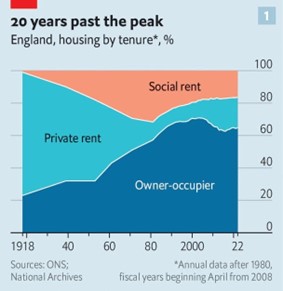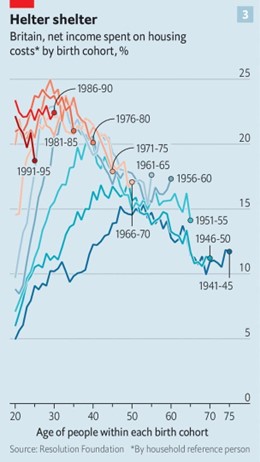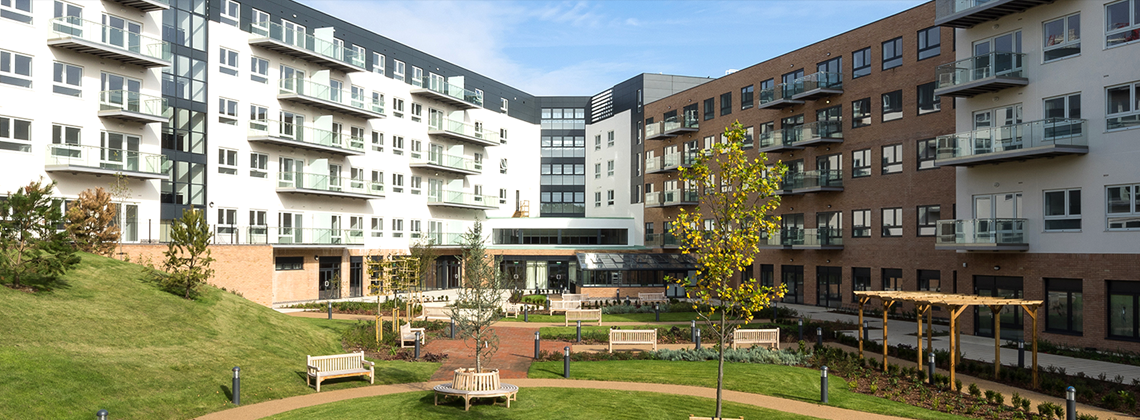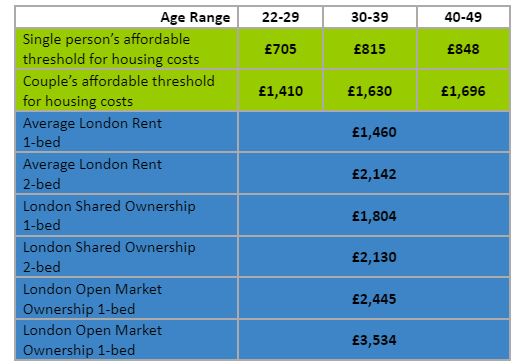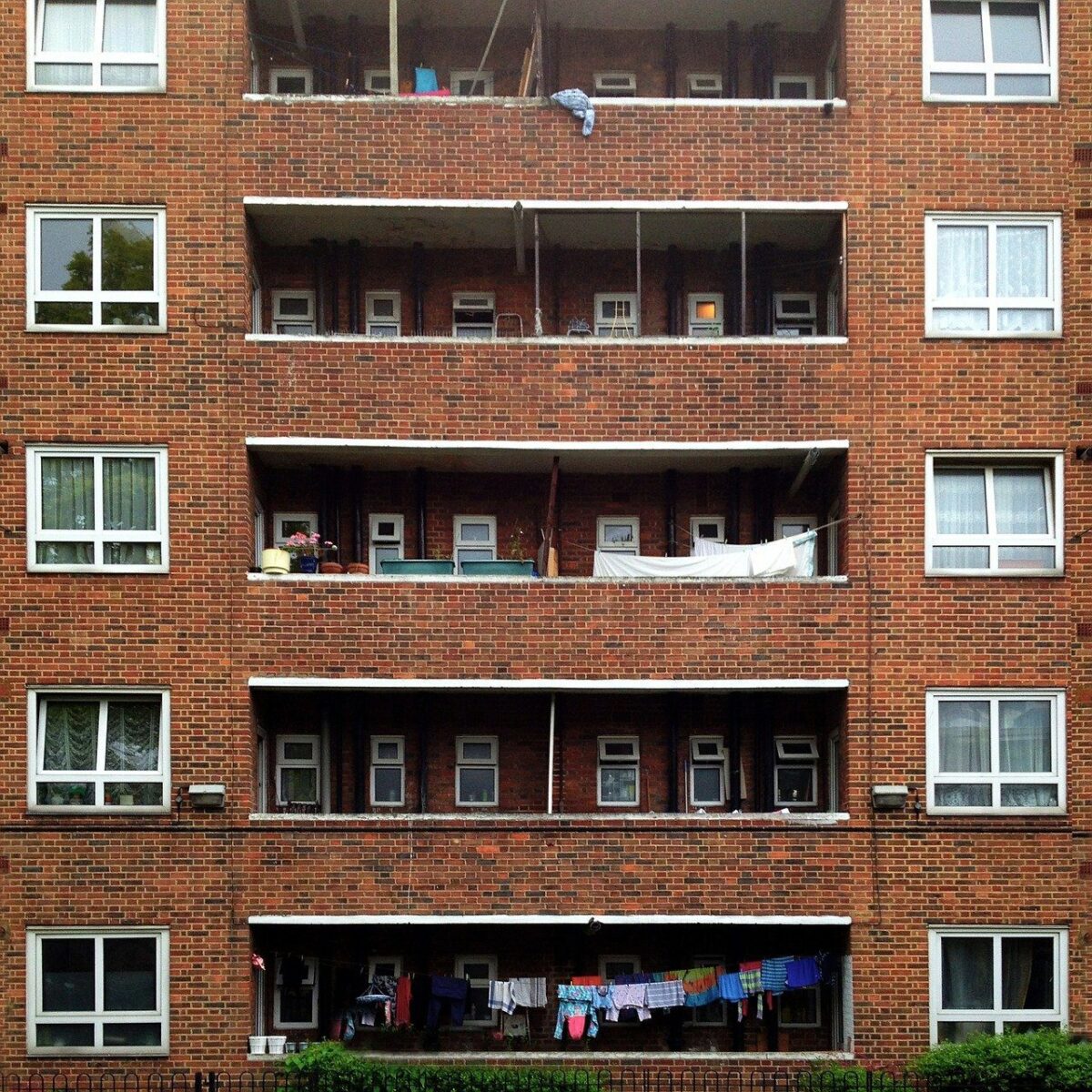When we talk about homelessness, our thoughts often turn to people in doorways and tents, living on the streets of our towns and cities. Rough sleeping is the most extreme and dangerous form of homelessness and the increasing numbers experiencing it is easy to see. Shocking as this is, it is just the visible tip of the now vast homelessness crisis.
Earlier this month Hannah Keilloh set out both the human and financial cost of this hidden crisis. 123,000 homeless families are living in temporary accommodation (TA) including 140,000 children. More than £1.7 billion spent in 2022-23 to “temporarily” house people, often in appalling conditions. Two thirds of the families have been in TA for more than a year, some for more than a decade – their lives on hold as they wait for the settled and secure home that everyone deserves.
There is an urgent need for action to tackle this and last summer I was pleased to join Labour Housing Group’s policy working group to help develop proposals we would like to see Labour’s manifesto.
The Group’s aims were to bring forward proposals to reduce the cost of temporary accommodation and to improve the quality of accommodation being used. But also to work towards a greater mission – to prevent people from becoming homelessness and, when that isn’t possible, to ensure that temporary accommodation is truly temporary and their homelessness ended as quickly as possible.
Strategy and leadership to enable change
Tackling homelessness requires consistent, coordinated action and commitment across multiple areas government – national, regional and local. It requires a true team effort with government and public agencies working hand in hand with housing and third sector support providers and communities.
Adopting an overarching homelessness strategy might not sound like the biggest ask, and yet the UK is one of the few nations in Europe that does not have one. The next government should swiftly correct this. It should be coproduced and delivered in partnership with people with lived experience of homelessness, and the local authorities and voluntary & community organisations working on the frontline. It won’t be easy to break the silos. Strong leadership will be needed to develop and deliver this across government – the report recommends the appointment of a homelessness Tsar, who will need political support at the very highest level.
At its heart, Labour’s approach should have an understanding that the causes and impacts of homelessness are diverse and unequal. Women make up 60% of adults in temporary accommodation with violent relationship breakdown as a leading cause. Black people are three and a half times more likely to experience homelessness as White British people and a quarter of young people at risk of homelessness identify as LGBTQ+. Labour’s strategy must recognise disadvantage and discrimination. It must enable person centred and trauma informed approaches to meet diverse needs.
Low cost, high impact changes
Preventing homelessness and the need for temporary accommodation is our ultimate aim, but to alleviate the immediate TA crisis Labour must act swiftly to lower the barriers people face to moving on from TA, refuges and other homelessness accommodation. Too often people are stuck on social housing waiting lists and blocked from private rental tenancies. It is in many ways akin to bed blocking – people unable to move to somewhere more suitable and the “beds” in good quality, local accommodation unavailable for newly homeless people.
The report recommends that social housing allocation policies should give greater priority to people experiencing homelessness and that more housing association lettings should be reserved for people experiencing homelessness. The report particularly recommends that policies should far greater support to those who have spent more than a year in TA.
Action should also be taken to remove barriers from securing private rented accommodation. This should include increasing the budget and eligibility for Discretionary Housing Payments and enabling local authorities to expand of funding of deposits and rent in advance. Reforms should also require landlords and agents to accept offers of written guarantees (for instance from local authorities) instead of cash deposits.
Investing in the future
The working group recognises the financial and economic challenges a Labour government would face. However, there is strong evidence that investing to end homelessness is money well spent with PWC finding every £1 invested could save up to £2.80 of spending across the public sector.
We recommend a comprehensive, cross government review of current spending on supporting the homelessness crisis – both direct spend on TA and homelessness support and the hidden costs of homelessness including within health, social care and criminal justice budgets. Our proposals for investment include additional ring fenced funding for homelessness prevention, a local authority TA acquisitions programme and funding of a robust inspection and enforcement regime to ensure existing legal standards for TA are met.
Ultimately Labour must make it their mission to end poverty and destitution. That means investing to tackle the housing crisis by building at least 90,000 new social homes per year and, alongside the new deal for working people, fixing the gaping holes in the social welfare safety net.
With real determination and ambition we believe a Labour government could end the homelessness crisis and we urge Labour to take up this challenge.
Find out more
There will be an online launch for Labour Housing Group’s policy paper on temporary accommodation on Tuesday the 27th of February at 10am. Register for that here.
Click here to read the full report.
Fiona Colley is Director of Social Change at Homeless Link, the national membership body for organisations working directly with people who become homeless in England.




